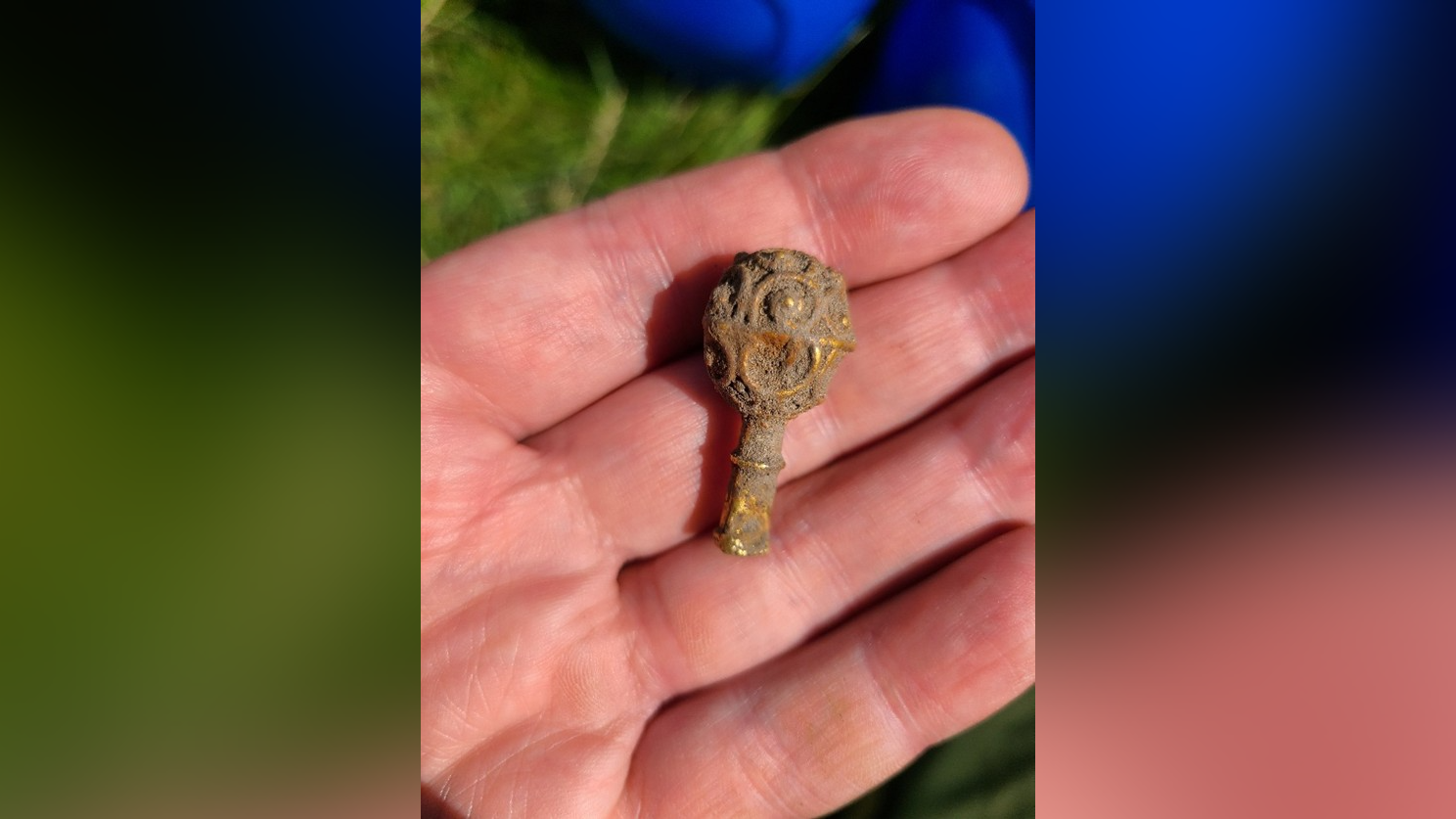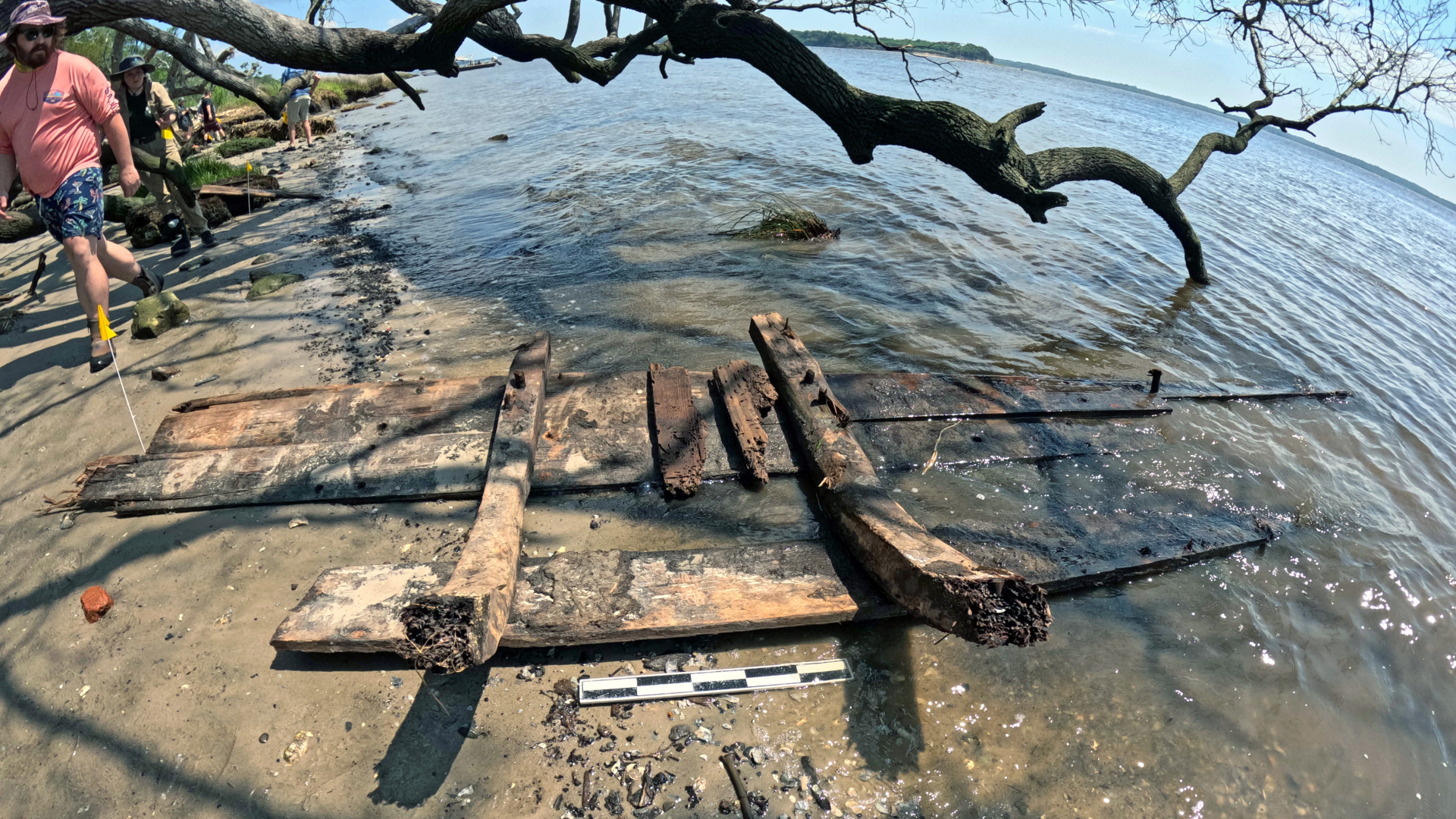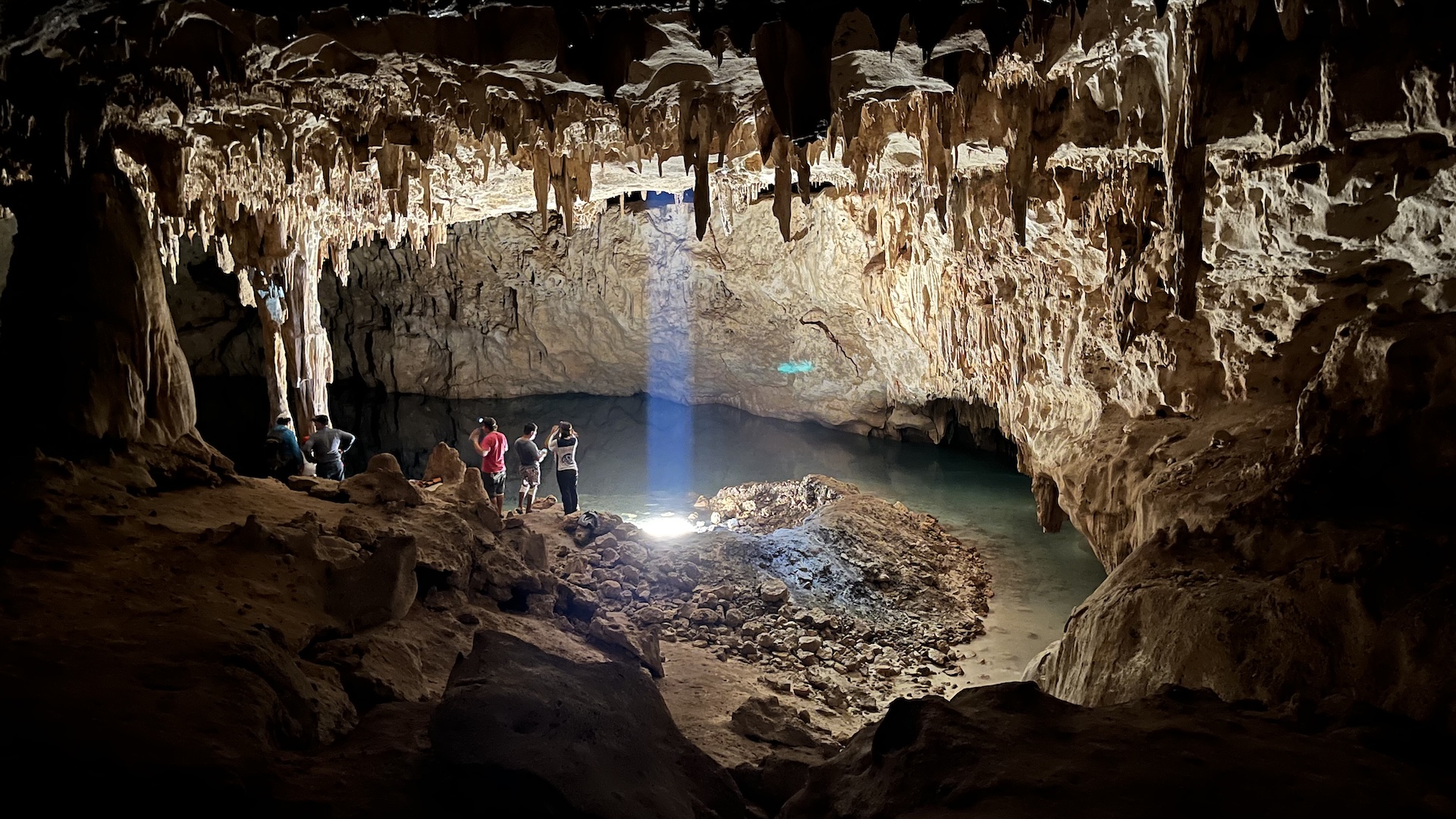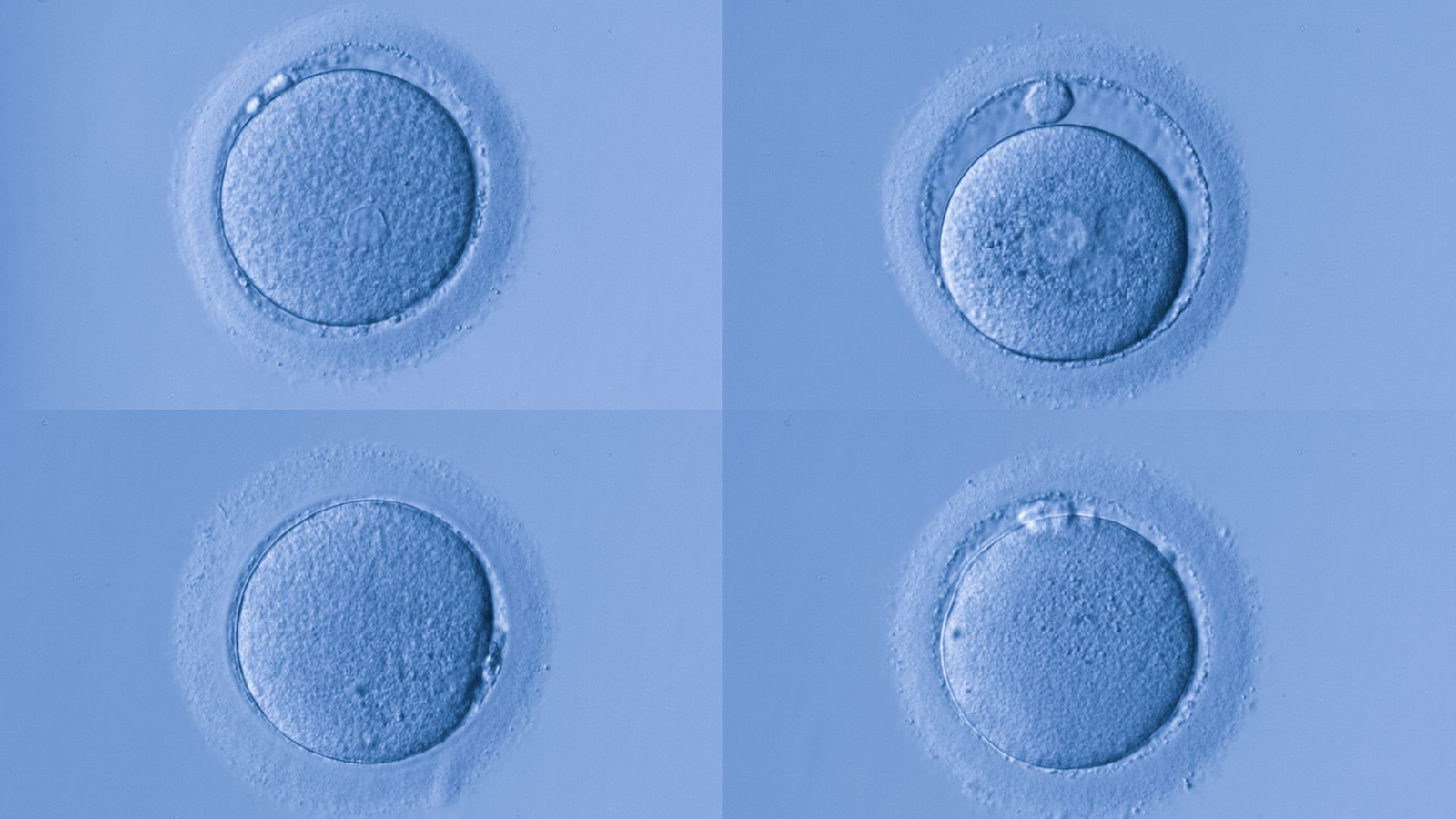An archaeology student from Florida struck gold in the U.K. just 90 minutes into her first-ever excavation, when she discovered a rare ninth-century artifact that may have had a religious or ceremonial use.
“I couldn’t believe I’d found something so quickly into my first excavation,” Yara Souza, a student at Newcastle University in the U.K. who is from Orlando, Florida, said in a statement. “It was actually quite overwhelming,” she said, and “I was really geeking out over it!”
The enigmatic gold object is just 1.6 inches (4 centimeters) long and is shaped like a small knob. It is nearly identical to — but a bit larger than — a similar item discovered by a metal detectorist in 2021. That artifact has been identified as a ball-headed pin dated to roughly A.D. 800 to 1000, during the early medieval period.
Both gold artifacts were found at the same location near a major ancient Roman road, now called Dere Street, in the county of Northumberland in northeast England. This road was important in Roman times for sending supplies into the northernmost extent of the empire in Scotland in the second century.
Because gold was associated with high status, experts think the two similar artifacts are connected and may have had a ceremonial or religious use, rather than being a simple accessory.
Related: 600-year-old amethyst ‘worthy of a duke’ found in medieval castle moat in Poland
“We know that Dere Street continued to be a major thoroughfare long after the Romans,” James Gerrard, a professor of Roman archaeology at Newcastle University who led the excavation, said in the statement. “It is possible that this pair of objects may have been deliberately buried.”
Both objects will be analyzed further through the U.K.’s Portable Antiquities Scheme.
“This project is a great example of how metal detectorists and archaeologists can come together to add to our understanding of the past in Northumberland,” Andrew Agate, the finds liaison officer for North East England, said in the statement.













